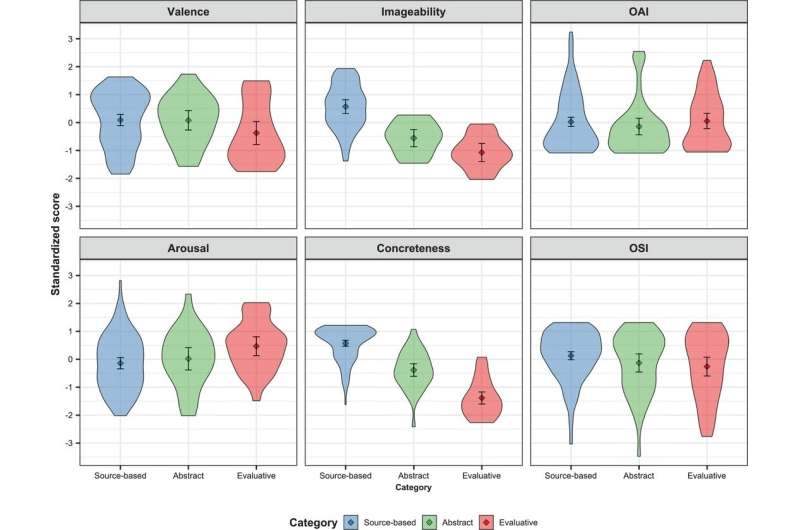Smell words differ primarily in terms of pleasantness and edibility

Most languages lack a specialized vocabulary to describe smell experiences. People instead use words from other domains, such as "heavy", "good", or "fruity", when talking about smells. But which words are really used and how do they relate to each other? This has been answered for English by researchers at Stockholm University by using a fully automatic method that is based on texts from the Internet.
"Our research shows that English smell words mainly distinguish between pleasant and unpleasant smells, on the one hand, and smells of edible and non-edible things, on the other. The smell words can be divided into words that describe offensive, malodorous, fragrant and 'edible' smells," says Thomas Hörberg, researcher in linguistics and psychology, Department of Psychology, Stockholm University. He leads the research project whose results are published Cognitive Science. A next step is to examine smell words in Swedish and then continue with other languages.
"This type of identification and division of words that describe smells can be of great use in the food and perfume industry, for example. These fields need standardized vocabularies to be able to describe and categorize smells and tastes," says Thomas Hörberg.
Previous research on words for smells has been limited to pre-selected words. Subjects have had to make subjective judgments about how well these words describe pre-selected smells. The method used in this research study is instead entirely based on texts from the internet.
"We identify smell words automatically by examining which words people most often use to describe smells in text. We then map the meaning of the words in terms of what smells they describe using an AI method. We therefore do not need to rely on assessments from actual subjects," says Thomas Hörberg.
More information: Thomas Hörberg et al, The semantic organization of the English odor vocabulary, Cognitive Science (2022). DOI: 10.1111/cogs.13205
Journal information: Cognitive Science
Provided by Stockholm University


















